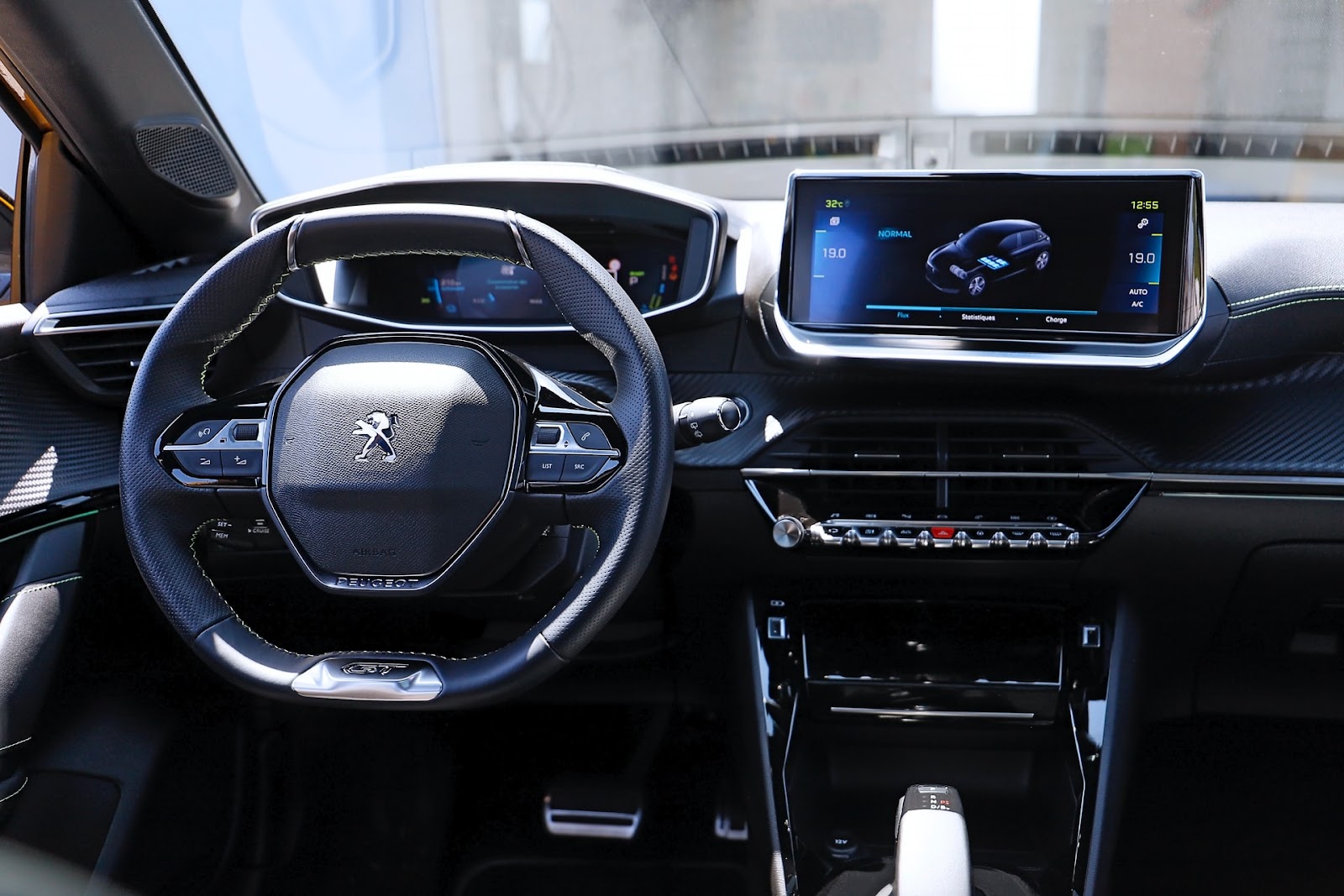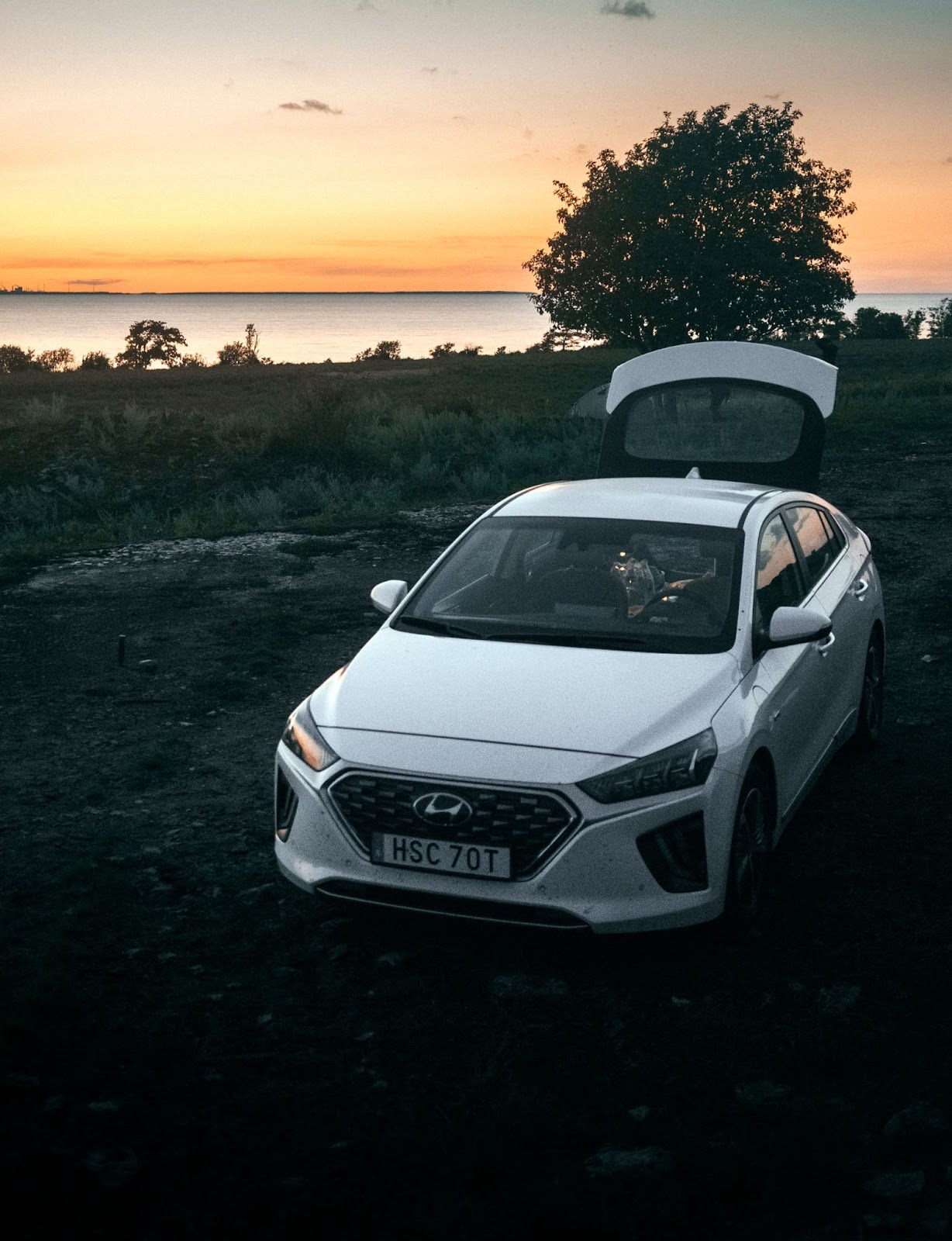10 Tips for Driving and Charging your EV this Summer

Whether you’re planning to stay home this summer or intend on taking your electric vehicle (EV) on your holidays, being aware of how your EV is affected by hotter temperatures can be really helpful in ensuring you maximise your range and keep your battery healthy.
Heat does have a significant effect on the lithium-ion batteries in your EV, and while EVs are still safe in warm temperatures, your range could be impacted. Here are our top tips on how to beat the summer heat while also maximising your range, all while making sure your EVs battery remains healthy.
1. Park your car in the shade
Despite the batteries in electric cars having thermal management systems that protect them from extreme temperatures, it’s good practice to try and avoid extreme temperatures as this will make sure your battery lasts.
During the warmer months, try to park in the shade to make sure your battery doesn’t overheat, as this will ensure your battery stays fully charged while stationary. If that’s not possible, try using a sun shade that covers your windscreen to try to keep your car a bit cooler.
This will protect your battery by not subjecting it to harsh elements, ensuring your battery remains healthy for longer and it will also mean you won’t need to blast the air conditioning for as long, meaning you’ll have more charge and better range.

2. Pre-set your climate settings
If the thought of getting into a hot car on a summer's day doesn’t sound appealing to you, try setting up climate control while your car is still connected to your home charging station. This means that you won’t need to use up the charge of your EVs battery in order to cool down your car, instead the power will come directly out of the charging point instead of your vehicle’s battery.
Depending on the sort of charger you have and the make and model of your car, you may be able to do this remotely using an app on your phone, or you may be able to find settings for this on your vehicle's infotainment system. Doing this will ensure your car is nice and cool before you start your journey, plus you’ll maximise your range as your battery will still be charged, so you'll be able to enjoy long car journeys while staying cool.
3. Check your tyres
It's generally good practice to check your tyres at least once a month, particularly before longer journeys and electric cars are no exception. EVs tend to weigh more than petrol or diesel engine vehicles, so it’s extra important to ensure your tyres aren’t underinflated.
If you have underinflated tyres, they have a better grip on the road which means you have more surface area on the road and increased rolling resistance. This is great during the winter time, but in summer you’ll find that your range will be less if you don’t ensure you have good tyre pressure. Additionally, in some cases having low tyre pressure when driving in hot conditions may increase the probability of blowing out a tyre, so stay on the safe side and check your tyre pressure beforehand!
Investing in a tyre pressure gauge is a great call, as you’ll be able to check before or even along your journey (or you can also check your air pressure at most petrol stations). If you’re unsure of what the ideal tyre pressure is for your vehicle, you’ll typically find this information on a placard in your car.

4. Avoid rapid chargers
While this might not be the most convenient tip when you’re out and about, if possible, try not to rely on rapid chargers if you have the option to use a slower charger when charging overnight or you just have time to spare. This is because rapid chargers heat up your battery, meaning more charge ends up going towards cooling down the battery once you’re done charging and you won’t have as much range.
Similarly, if you’ve just returned from a longer journey, try to give your EVs battery some time to cool down before charging it again.
5. Air conditioning
This might be an unpopular tip, but limiting your usage of the air conditioning could have a big impact on your range. It’s estimated that you lose around 5-7 miles of range per hour of use, so if you’re worried about running out of charge, using the AC sparingly could save you some extra miles.

6. Use eco mode
Another great way to maximise range in the heat is utilising eco mode. Eco mode works by limiting the amount of power you have available from your motor, so you will lose some of the performance capabilities but in turn your energy consumption is reduced and you’ll maximise range.
Most electric cars will have an eco mode option, if it’s not obvious then check your infotainment system to see if it’s an option in your vehicle!
7. Use regenerative braking
If you’re planning on driving longer distances this summer, why not try to maximise regenerative braking? (If you’d like a brief explanation of what regenerative braking is, check out this article where you can learn more about how it works.)
If possible, try to use your brakes sparingly (within reason of course, driving safely should always be prioritised!) to maximise your regen capabilities. Also, check to see whether your vehicle has a setting that allows you to maximise regenerative braking even further.Although only a small amount of charge will be restored to your battery, this will add up over time!
8. Use EV apps
Whether you’re driving on your daily commute or you’re driving somewhere new, having an app (or a couple of apps) that can help you locate the nearest charging points beforehand can be incredibly helpful.
There are a number of great apps that can help you from planning your journey to locating your nearest charging point but if you’re unsure of where to start, why not check out our article on the best EV apps.

9. Avoid driving at the hottest time of day
As noted in a couple of the other tips, EV batteries can be drained faster in warmer temperatures, so why not drive at strategic times to get the most out of your battery.
If possible, try to avoid driving when the temperature is at its highest in the day. It tends to be the hottest between noon and 3pm, so driving in the morning or late afternoon and evening will mean you get the best range! Driving at these times will also mean you’ll be less inclined to use the air conditioning which can drain your battery.
10. Don’t overpack
As mentioned above, having an increased rolling resistance will lead to your range decreasing. One of the fastest ways to remove some of that rolling resistance is by not carrying everything and the kitchen sink in your boot. While this can be hard when going on holiday, try to be a bit more selective in what you want to bring with you. If you have a habit of over-packing and aren't sure why the batteries in your electric car aren't lasting as long as you'd like, try removing some of the additional items from the boot and your range should improve!




